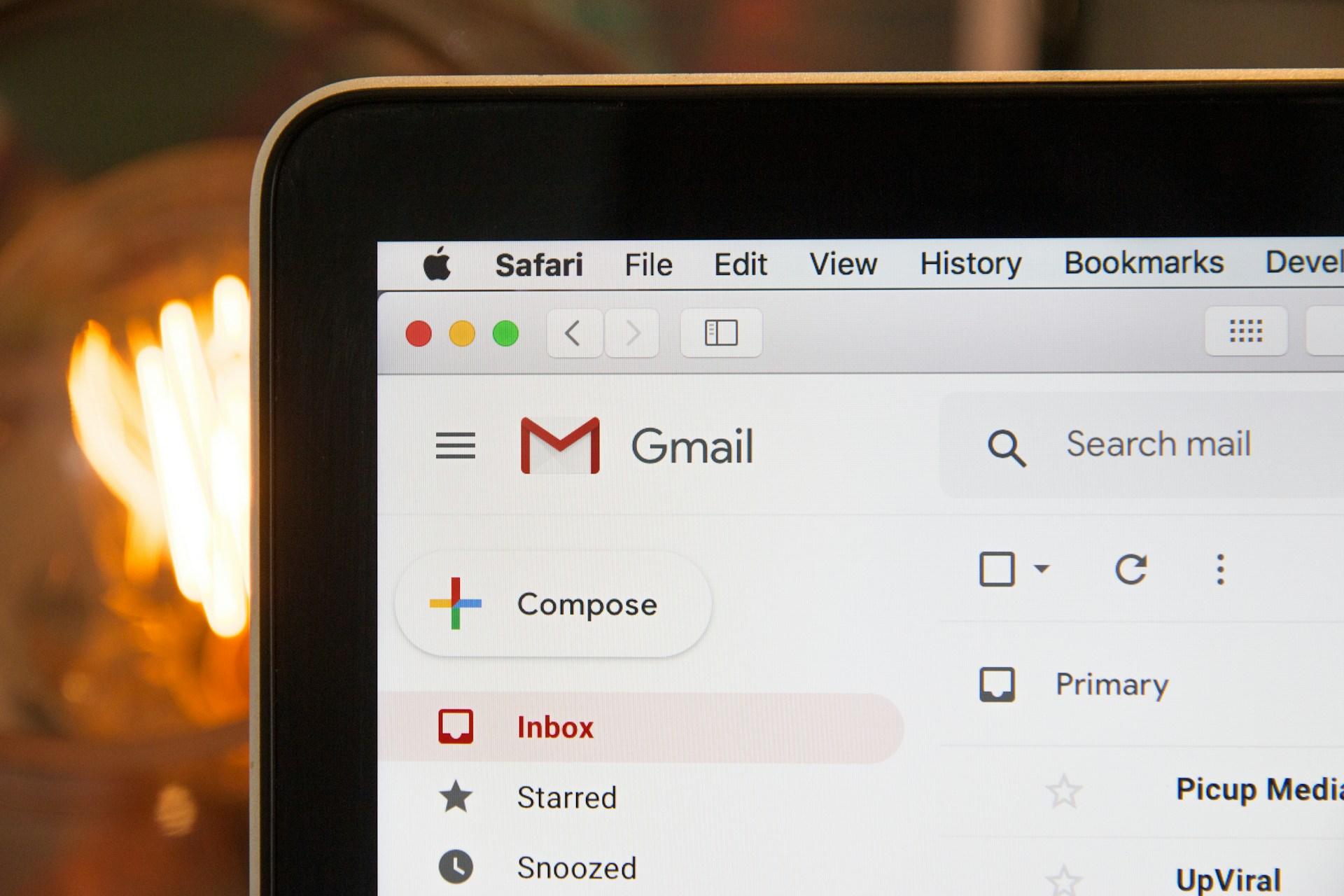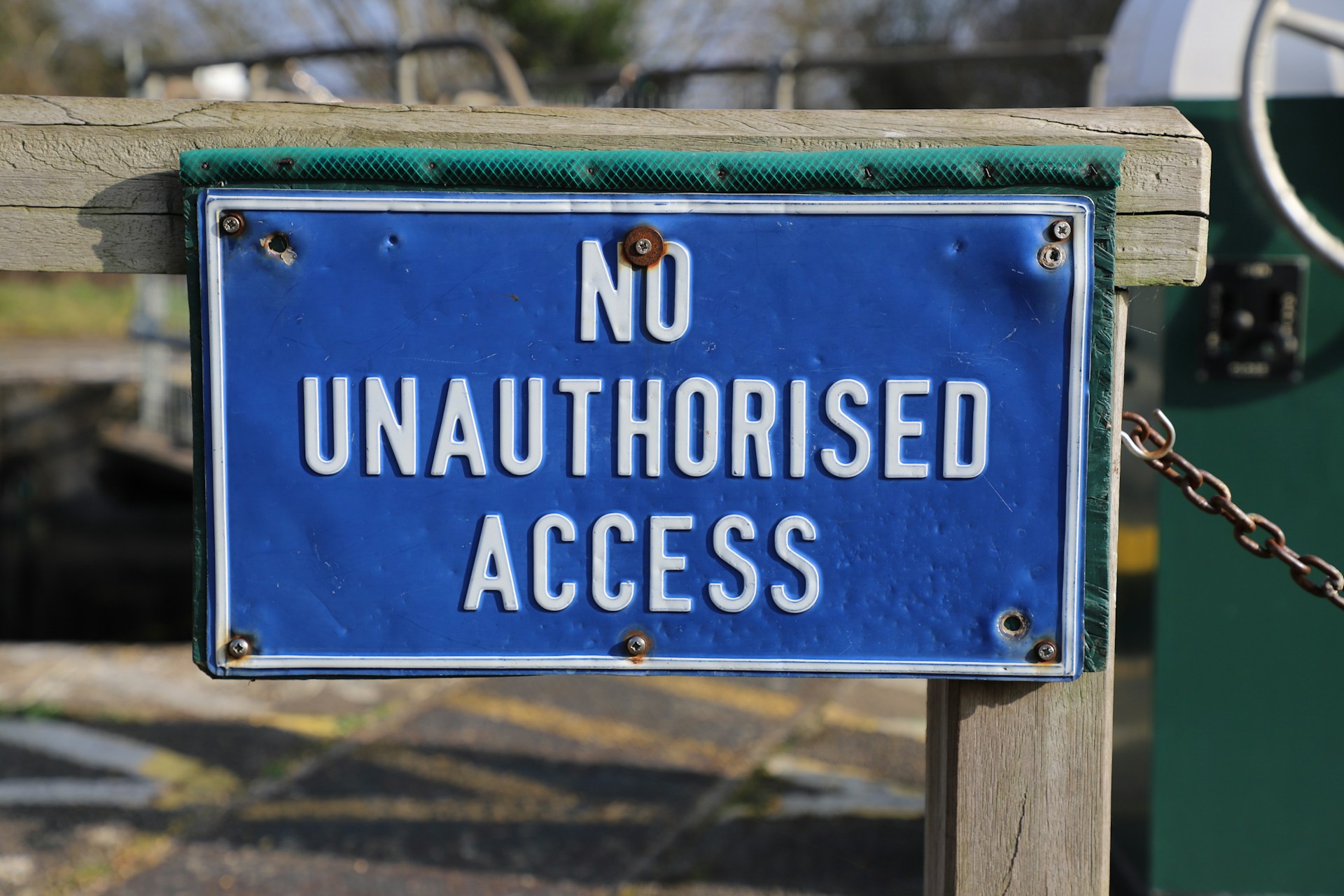
How to Recognize Phishing Emails: Your 7-Step Checklist
April 30, 2024 - Emily Newton
Revolutionized is reader-supported. When you buy through links on our site, we may earn an affiliate commission. Learn more here.
Phishing remains the number one attack vector for cybercriminals. Why? Because it works. Advances in antivirus protocols and detection technology have made it increasingly difficult for threat actors to hack online systems successfully. Getting you to give them the information would be much easier. That’s essentially what phishing entails — tricking you into circumventing the security measures protecting your account and providing the phisher access.
The feeling of being the one responsible for the exploitation of your own account can be agonizing. That’s why knowing how to recognize phishing emails isn’t just a cybersecurity best practice. It’s necessary for your peace of mind.
The Anatomy of a Phishing Attack
A whopping 91% of all cyber attacks originate from phishing, underscoring the need to be vigilant. Recognizing phishing emails begins with understanding how such attacks occur.
- Bait: The cybercriminal tries to get your attention by using targeted keywords that make you want to comply. They can use terms like “suspicious activities,” “account suspended,” and “payment pending” to pique your interest.
- Hook: There’s an urgency to the tone of the message, like if you don’t act this minute, you’ll never get another chance to.
- Catch: If you do as the message demands, whether that’s clicking a link or providing credential details, then you’ve unwittingly given the phisher what they want.
- Exploit: With the information in hand, the cybercriminal can gain unauthorized access to accounts and corporate networks. Whaling, a subset of phishing that targets executives and people with higher-level access, caused $12.5 billion in losses in 2021.
How Will You Identify a Phishing Email?
At first glance, a phishing email can look legit. But there are always telltale signs if you know where to look. These are the seven most important things to check.
1. Urgent or Threatening Subject Line
Phishing emails depend heavily on manipulating your emotions from the moment they hit your inbox. It starts with a subject line written in urgent or threatening language, prompting you to open the email without thinking. Watch out for phrases like “unusual account activity detected,” “immediate password check required,” or “billing information is out of date.”
Keywords like these target your sense of responsibility, coaxing you to see what the message is about.
2. Suspicious Email Address
Always verify the email sender. Just look at the address and see if it’s legit. Some threat actors try to be clever by making the address as close to the real thing as possible. For example, they might use a “0” in place of an “o” in the text so it looks something like “bank0famerica@acc0unt.com.”
Sometimes, you can immediately tell that an address is from a fraudulent source because it does not bear the organization’s domain. This mostly occurs when the sender tries to imitate an authentic email from a financial institution. So you see an email from PayPal, for instance, but then the sender’s address ends in “Gmail.com.” The red flag couldn’t be more apparent.
3. Generic Greetings
Cybercriminals send an estimated 3.4 billion emails every day, so they never have the time to use an actual recipient’s name. Instead, they use generic wording like “Dear valued member,” “Dear account holder,” or “Dear customer.” Seeing such formal greetings should send the alarm bells in your head ringing. If an organization you voluntarily deal with requires information about your account, the email will address you by name.
That said, some hackers have wisened up and simply avoided the salutation altogether. You’ll usually find this in advertisements where the message body is the first thing you see after opening the email.
4. Urgency Reloaded
The initial urgent tone in the header was to get you to open the email. The tone of the body reinforces that urgency so you can follow through with whatever the threat actor wants. This is the strongest indicator of a phishing email.
Some messages even go as far as threatening to shut down your account or that you’ll lose your money if you don’t immediately do as instructed. If it feels like the email message is too demanding, it’s probably a phishing attempt.
5. Grammar and Spelling Errors
This is a classic way to recognize phishing emails. Cybercriminals tend to send these types of messages in bulk so they rarely take the time to check for grammar correctness. You could pardon a typo here and there, but some phishing attempts contain so many errors that you just know the message can’t be from a legitimate organization.
6. Links and Attachments
Unless you specifically requested a link from an organization, such as when you forget your password and want it changed, don’t click any link or button you see in an email. It’s simply not worth the risk, especially if you use that particular email account for sensitive information like bank and medical records. The same is true for unsolicited attachments. If you didn’t request it, there’s reason to believe it’s from a valid source.
7. Too Good to Be True
You know what they say about such scenarios — they’re usually untrue. You open an email saying you stand to win or earn vast sums. It’s most likely a phishing scam. People don’t usually give away money so randomly, and even if they did, you have to ask yourself, “Why me”?
What to Do if You Fall Victim to a Phishing Attack
Phishing attacks have become quite sophisticated these days and look very convincing. If you find yourself a victim, there’s no need to feel embarrassed or ashamed. First thing you want to do is report the incident. If it was through a work email, notify the IT guys about it so they can review the security infrastructure and implement mitigation measures.
If the attack exploited your bank account, inform the organization right away. The quicker they know about it, the higher your chance of recovering the funds.
In scenarios where you clicked on a link or downloaded and opened an attachment, update your computer’s security software and scan for malware. The speed of your response can go a long way in mitigating the potential damage from successful phishing attacks.
Know How to Recognize Phishing Emails
Your email account is like a vault containing valuable personal information, from usernames and passwords to authentication details. It’s no surprise threat actors want to leverage it as a gateway for fraudulent activities. The good news is now you know how to recognize phishing emails, so you have a better idea of whether the email is legit or not.
Nevertheless, cybersecurity is an ongoing endeavor, so always keep an eye out for the latest phishing tactics and best practices.
Revolutionized is reader-supported. When you buy through links on our site, we may earn an affiliate commission. Learn more here.
Author
Emily Newton
Emily Newton is a technology and industrial journalist and the Editor in Chief of Revolutionized. She manages the sites publishing schedule, SEO optimization and content strategy. Emily enjoys writing and researching articles about how technology is changing every industry. When she isn't working, Emily enjoys playing video games or curling up with a good book.







